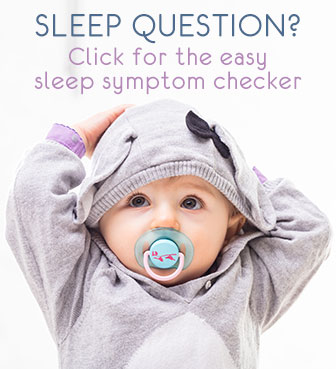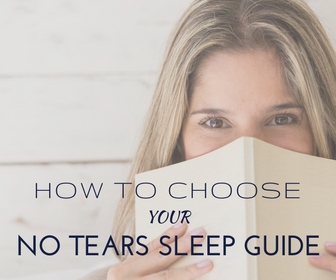Sleep Apnea Definition: Obstructive, Central and Mixed
Author Name: Heidi Holvoet, PhD
Medical fact-check: Dr Leah Alexander, M.D., F.A.A.P.
Sleep apnea
definition
: it is a disorder that
causes a child or adult to stop breathing for several moments (up to a
full minute) when asleep. These
breathing
pauses
happen several times a night (up to 100 times!) and can
have drastic
consequences.
There are three different types, based on the different
causes, i.e. how the
airway is being blocked: Obstructive Apnea, Central
and Mixed
or Complex Apnea (See below for definitions).
Sadly apnea, or
also apnoea, is
quite
common
:
about 2-4% of all adults, and 1-3% of children would suffer from it.
Worse, it
often
goes undiagnosed and untreated
.
Note: this
page gives a general
overview and definitions: click through
for specific pages on
sleep
apnea in children
and
babies
.
Most people are not aware of their breathing problems at night: their sleep is disrupted due to the breathing pause but they seemingly go straight back to sleep (as a result most patients do not feel they were truly awake).
However, they do not spend enough time in a deep sleep so they get
very poor rest quality
(not to mention that of their partner's or parents' who often wake up
at each breathing gasp too!). During the breathing pause, there is reduced oxygen flow to the brain.
The most obvious side
effects of apnea
are daytime sleepiness and severe
fatigue. But when
untreated
, it will also cause high blood
pressure and other cardiovascular diseases. Frequent
headaches, memory and concentration problems, excessive weight gain are
all possible side effects too.
The good thing is that it can be
diagnosed
and that effective
treatments
do exist. If you often snore (loudly), are
(lightly) overweight, feel very tired during the day, or have been told
you gasp for breath at night sometimes, do check with your doctor!
High risk factors
are: being male, being overweight and being 40+ years
old. However, many kids, youngsters and women of any age have it too. There are a couple of pediatric conditions where sleep apnea is common: Down syndrome, craniofacial abnormalities and cerebral palsy. If you have such a diagnosis then it may be worth being extra vigilant for signs of apnea, and ask your pediatrician specifically about it.
Obstructive Sleep Apnea Definition (OSA)
This is the most common one. It is when the
person's
airway is
blocked physically
. What happens usually is that the soft
tissue at the back of the throat collapses,
obstructing
the
airway.
This closes the airway, until the person wakes up, gasping for breath
and consciously opens the airway again.
This is the most common case and as good as the only type of
sleep
apnea in children
.
Central Sleep Apnea Definition
In this case, there is no physical blocking of the airway but
a
brain signal failure
.
What happens is that the brain signal necessary to keep the airway
muscles functioning, does not go through correctly.
This is the common type of
sleep
apnea in infants
.
Mixed or Complex Sleep Apnea Definition
This is when the person
has a combination of the two causes: there are breathing pauses due to
a physical blocking of the airway and others due to a failed brain
signal.
Mixed Sleep Apnea is typically seen in adults receiving treatment for obstructive sleep apnea, not in children.
According to a 2006 study
[1]
[2]
,
84% of apnea cases are of the Obstructive type, 0,4% are purely
Central. About 15% is the Mixed type.
Sleep Apnea
Worried? Questions? Ask me
Article Author: Heidi Holvoet, PhD - Founder, senior sleep consultant
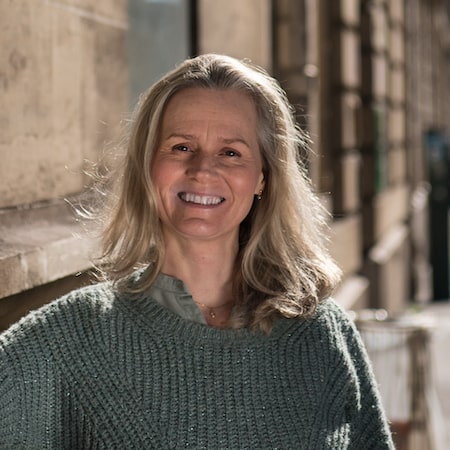
Heidi Holvoet, PhD, is the founder of the Baby Sleep Advice website and movement, an award-winning author, baby & toddler sleep consultant with 17+ years experience as well as a certified lactation counselor.
Over the years, Heidi has received several awards inluding a Mom's Choice Award (MCA) and National Parenting Awards (NAPPA) for her Baby Sleep Advice website, programs and books. Also, Baby Sleep Advice was awarded "Most Trusted Infant's Sleep Solutions Company 2023" in the Benelux Enterprise Awards 2023.
Heidi continually conducts personal research and participates in continued education and in that way stays up to date with current scientific and pyschosocial infant care.
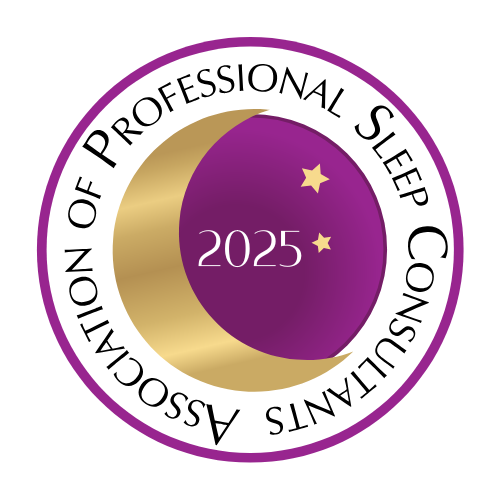
She is also a member of the Association of Professional Sleep Consultants of which she was one of the earliest contributors. She obtained her PhD degree in physics at the University of Ghent in Belgium.
Heidi is passionate about helping babies and their parents sleep more and better, with her trademark holistic and truly-no-tears approach that has been proven and praised time and again by parents worldwide to be effective and truly no-tears. Respect for you as a parent and your baby, is at the heart of Heidi's warm and kind support. Her approach always keeps in mind a baby's needs and abilities at any given age, is based on pediatric science and the most up to date knowledge in infant care and sleep science.
As well as the award-winning baby sleep programs, Heidi offers popular 1:1 consults and easy-access 30-minute SOS Sleep sessions.
Back to the
Sleep disorder overview
Resources
[1] Complex Sleep Apnea Syndrome: Is It a Unique Clinical Syndrome? Timothy I. Morgenthaler, MD; Vadim Kagramanov, MD; Viktor Hanak, MD; Paul A. Decker, MS Sleep 2006;29(9):1203-1209.
[2] The 3 Types of Sleep Apnea Explained: Obstructive, Central, & Mixed Jennifer Hines, https://www.alaskasleep.com/blog/types-of-sleep-apnea-explained-obstructive-central-mixed
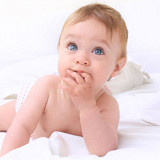
Baby waking every hour?
by Heidi Holvoet, PhD
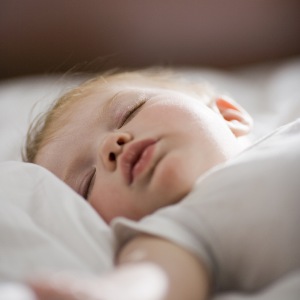
Sleep schedules by age
by Heidi Holvoet, PhD
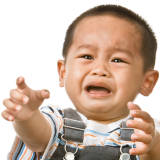
Separation Anxiety
by Heidi Holvoet, PhD
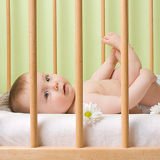
Crib safety guidelines
by Heidi Holvoet, PhD
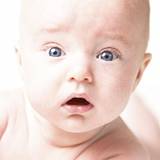
Why does my baby wake up every hour?
by Heidi Holvoet, PhD

